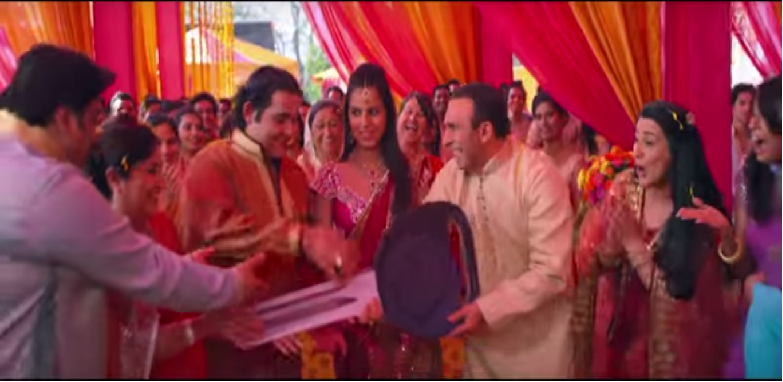Persistence Of Dowry Problem In India

Dowry refers to the durable goods, cash, and real or movable property that the bride’s family gives to the bridegroom, his parents, or his relatives as a condition of the marriage. It is essentially in the nature of a payment in cash or some kind of gifts given to the bridegroom’s family along with the bride and includes cash, jewelry, electrical appliances, furniture, bedding, crockery, utensils, and other household items that help the newlyweds set up their home.
Dowry is a social evil
Dowry has become one of the serious social evils of Indian society in recent years. Dowry, or the bridegroom price, has become an essential part of the wedding settlement, which is transferred by the bride’s household to that of her prospective spouse before the actual solemnization of marriage.
Sometimes dowry also accompanies or follows the marriage of a daughter. The dowry and its cognate problems have become so serious that the marriage of daughters tends to bring in nightmarish experiences for the scores of parents these days. The menace of dowry has become so severe over the years that the Government of India had to enact the Dowry Prohibition Act in 1961, which was further amended in 1986. Section 498A of the Indian Penal Code required the bridegroom and his family to be automatically arrested if a wife complains of dowry harassment. The law was wide abused and in 2014, the supreme court ruled that arrests can only be made with a magistrate’s approval so the legislative measures to do away with this practice have so far proved an ineffective exercise.
The dowry has gained social legitimacy across all communities and regions. Marriage negotiations tend to break down if there is no consensus between the bride’s and bridegroom’s families regarding the mode or amount of payment of dowry. Dowry, as said before, has become such an essential consideration for marriage that rarely any marriage can take place without it. It may be regarded as a functional imperative for family formation in contemporary India. In very rare cases demands for dowry are eschewed. If the groom’s parents, for instance, can reap greater economic or personal benefits in modes other than the dowry in lump cash from the bride’s parents, dowry is not demanded under the pretext that it is an evil of Indian society.
Dowry has been a prevalent practice in India’s modern era also, it can be in the form of a payment of cash or gifts from the bride’s family to the bridegroom’s family upon marriage. States in the north are more likely to participate in the dowry system among all classes, and dowry is more likely to be in the form of material and movable goods. In the south, the bride price system is more prevalent and is more often in the form of land or other inheritance goods. This system is tied to the social structure of marriage, which keeps marriage inside or close to family relations.
When the dowry amount is not considered sufficient or the expected demands are not met easily, the bride is often harassed, abused, and tortured. The dissatisfied husband takes recourse to violence to show his displeasure with the marriage in order to extract additional transfers from the wife’s family by threatening her with separation if new demands are not complied with. The dowry-related harassment most likely arises from a complete lack of respect for the woman and rapacious avarice for money.
The woman, as a bride, is subjected to humiliation and brutal behavior, because she is the softest and the surest means of extracting the maximum amount of money or wealth from her parents to enhance one’s economic position in society. Since the bride is helpless in her new home and physically so powerless that she cannot retaliate against the coercive tactics or actions of others. Not many women have enough guts to divorce their husbands on the ground of frequent mental or physical torture since they have nothing to fall back upon in a traditional and poorly developed country like India.
The disturbing fact about dowry-related violence is that it is not confined to any particular group, social stratum, geographical region, or even religion. Rather, it is regarded as a universal phenomenon, cutting across all sorts of boundaries.
Dowry is begging
Stand against Dowry
Suggested Read: The Changing Status Of Indian Women






